Portumna - 1 May 2023

1 May 2023 - 2hr drive inland to Portumna (Irish Workhouse Centre) in Galway
We were Billy no mates again last night, obviously really peaceful. Shame it was cloudy, otherwise we could have star watched without any light pollution near us.
This morning I read an article by Chris Van Tulleken’s wife, describing how she’d found it so difficult living with her husband as he was avoiding all upfs (ultra processed foods) - eg refusing to eat a ready made lasagne she’d brought home at the end of a long working day, dealing with their two young children too, and as he’s a busy doctor he hadn’t had time to cook either - but eventually she came around to his way of thinking.
Once again, our diet whilst away is not good. Think our Greek yogurt, blueberries, peaches, grapes and homemade granola will do for breakfast. Tintin is still managing to eat olives, beetroot, rocket, tomatoes and ham with crackers most lunchtimes. Evenings it’s been a mixture, pasta in a sauce, risotto, noodles, eggs - tonight will be chicken & veg. We’re not eating enough vegetables - must do better…

We spent ages this morning trying to decide which direction to go. Some of our decision was taken out of our hands by the very fact that we soon need to service Dave - and there are so few places around here, plus it’s Bank Holiday - so possibly busier.
Tintin went off to chat to the man from OPW (Office of Public Works) who was clearing up litter, and there to help visitors. Well - that was a long conversation!

Tintin’s turn to drive. Once again, he had the short straw as it was a 2 hour drive to Portumna.
We were both commenting on the total lack of road lines, cats eyes etc whilst in County Clare, then a welcome sign into County Galway - and all road markings back!. Our pet hate is narrow roads with cats eyes. If no traffic ahead (or behind wanting to overtake), Tintin tends to drive partly the other side, otherwise the eyes get a good dunking because sometimes we just don’t fit in the lines!







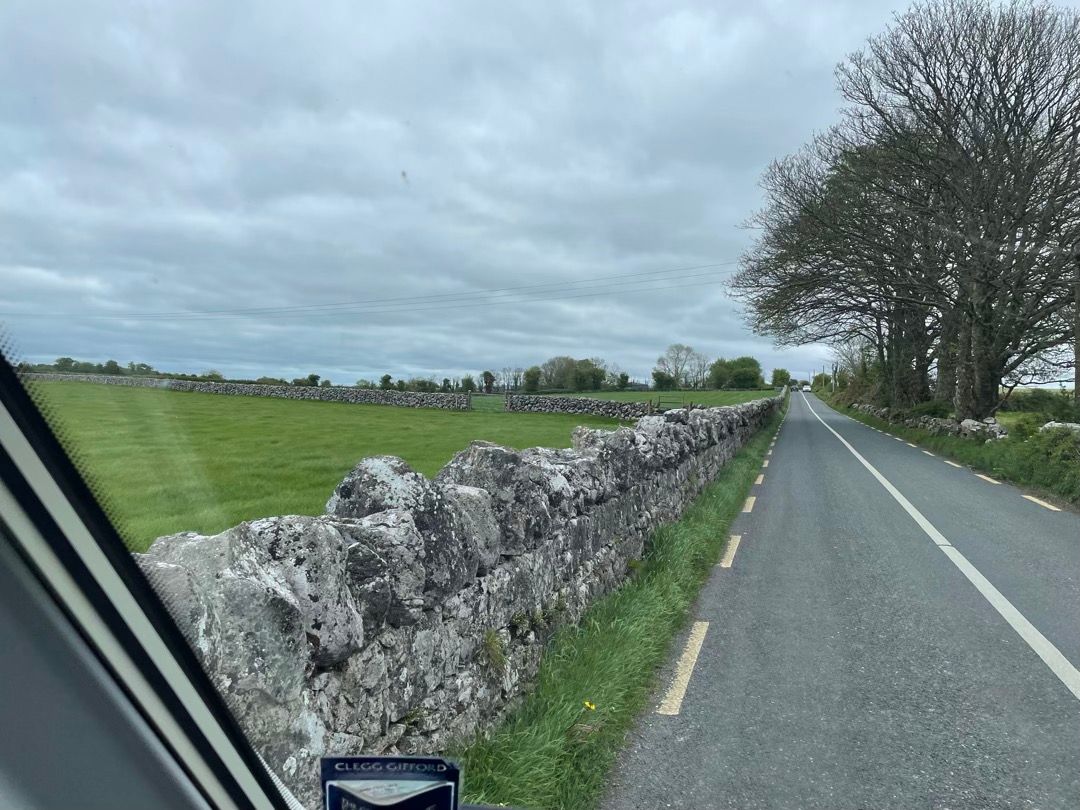

I hadn’t realized, but all the cars here by law have to have license plates with IRL 12-AS-1234 for example, but the Northern Ireland ones are different, and yellow on the back plate. I digress - again…
Saw Trotters Independent Trading van when driving through Corrofin today!

I do feel the need to talk about the roads - yes, again! Probably at least 60% were rubbish today, we both breathe a sigh of relief as soon as we’re on a smoother surface, then groan when it gets bad again. It was a little narrow at times!

Our mission was to reach the Irish Workhouse Centre, which we did just after 1pm. The next tour started at 2pm, so time for lunch.
Was €24 for both of us. Luckily there were only 2 other people - so like having a private tour - which lasted over 90 minutes.
So, these places were the Victorian ‘cure’ for poverty. This place is one of the few remaining intact work houses in Ireland. There were once 163, most were knocked down or repurposed after Ireland’s first step towards independence in 1922. It has been restored, but not renovated - it looks grim and foreboding.



Workhouses were British institutions, set up by the government in the 1830s (unaware that Ireland’s Great Potato Famine was less than a decade away) to provide vagrants with an alternative to starvation and death. However, as the government didn’t want the “poorhouse” alternative to be too “tempting”, punitive Poor Laws made them a gruesome alternative. To enter the poorhouse you had to give up any assets you still had, and while you entered with your family, you’d likely not see them again. Men and women were housed separately, children aged 2 - 15 were housed together. There was no common area for mingling. Also, if you didn’t look thin enough, or your face didn’t fit - you’d be refused entry. Plus, once you’d been in a workhouse, you were free to leave at anytime - but could never go back.
Law dictated that workhouses not compete with any local trade or businesses, and therefore they offered the dregs of labour, such as rock-breaking for the men (expected to break 1/4 of a tonne each per day), corn-grinding for the women. Unraveling old, worn rope and reweaving the salvageable strands into new rope was a task for anyone too weak for other heavy jobs, it's where the term 'money from old rope came from'.
Life was bleak, food was scarce and of poor quality, and conditions notoriously inhumane, especially for children. It was cheaper for landlords to pay the boat passage of their paupers to North America than to keep them in poorhouses (workhouses were financed by a property tax). Another way to escape was to commit a crime as the food was better in prison, and the regime less strict!
Our tour guide Brendan was only 24, but has loved history since he was about 8 years old. The toilet and punishment areas would have been smelly and cold! He said there were so many rules - the idea was to make the workhouse an absolute last resort. He said they thought the average life expectancy was probably only mid 30s. The first master, Henry Ogle used his budget to buy good food, sold it for a profit, bought cheap food for the workers, and skimmed off the profits! In today’s money he stole about £1.2M - but he got his comeuppance - please enlarge and read the photos from today - really interesting.
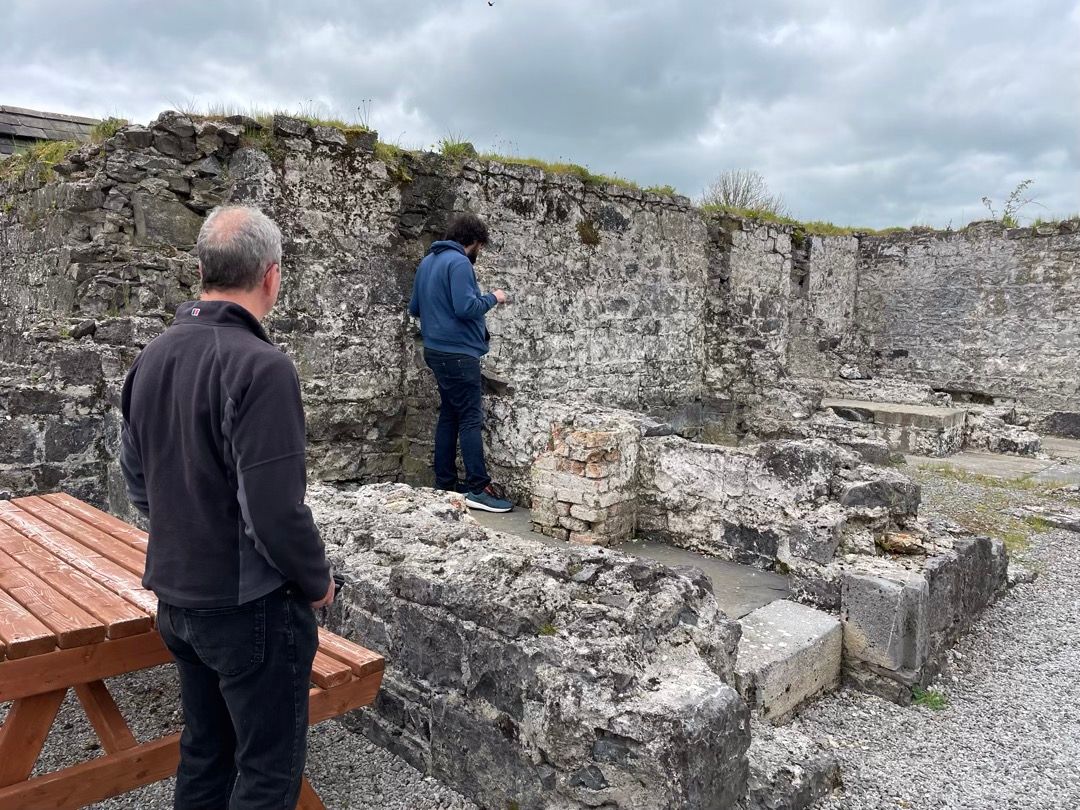












When people arrived they had all possessions taken, they were washed, disinfected, hair and beards cut before being given a uniform and then separated from their family members.
The matron’s room was ok - but where the dormitories were must have been so grim. One fire at one end, jammed together, locked in from 8pm until 4am - underneath the pallet beds are holes, and there were larger holes in the ceiling - this was for circulation of air to help prevent spread of diseases.


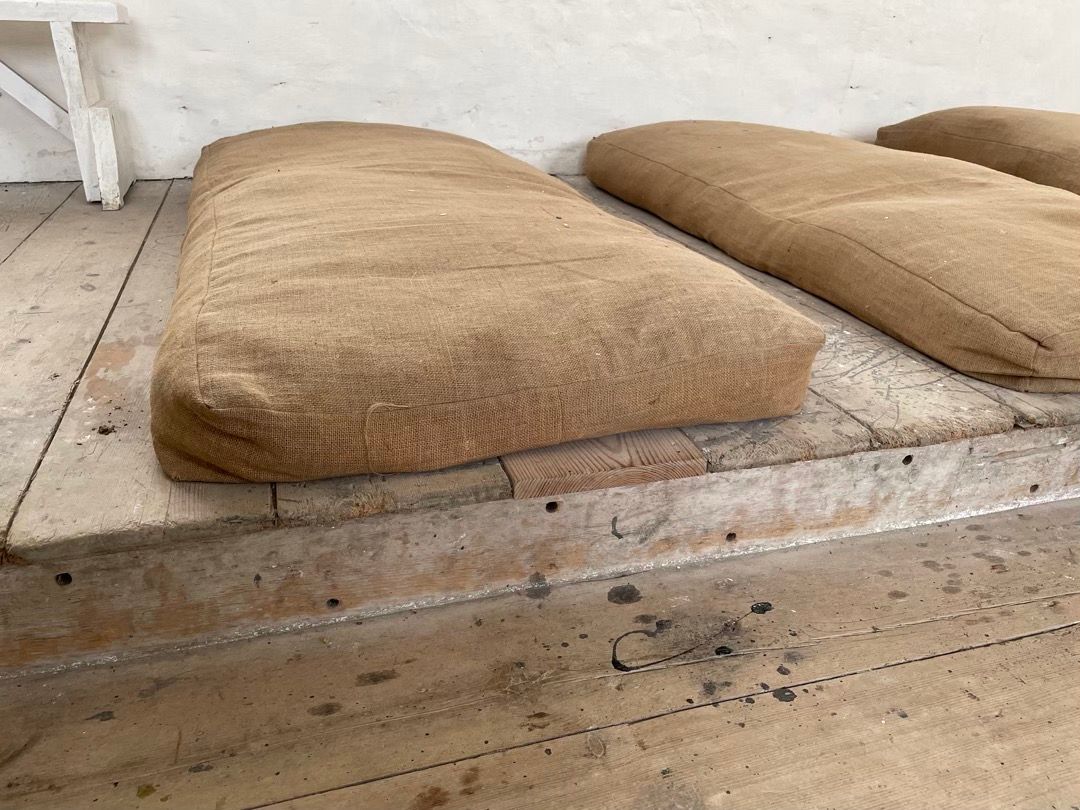


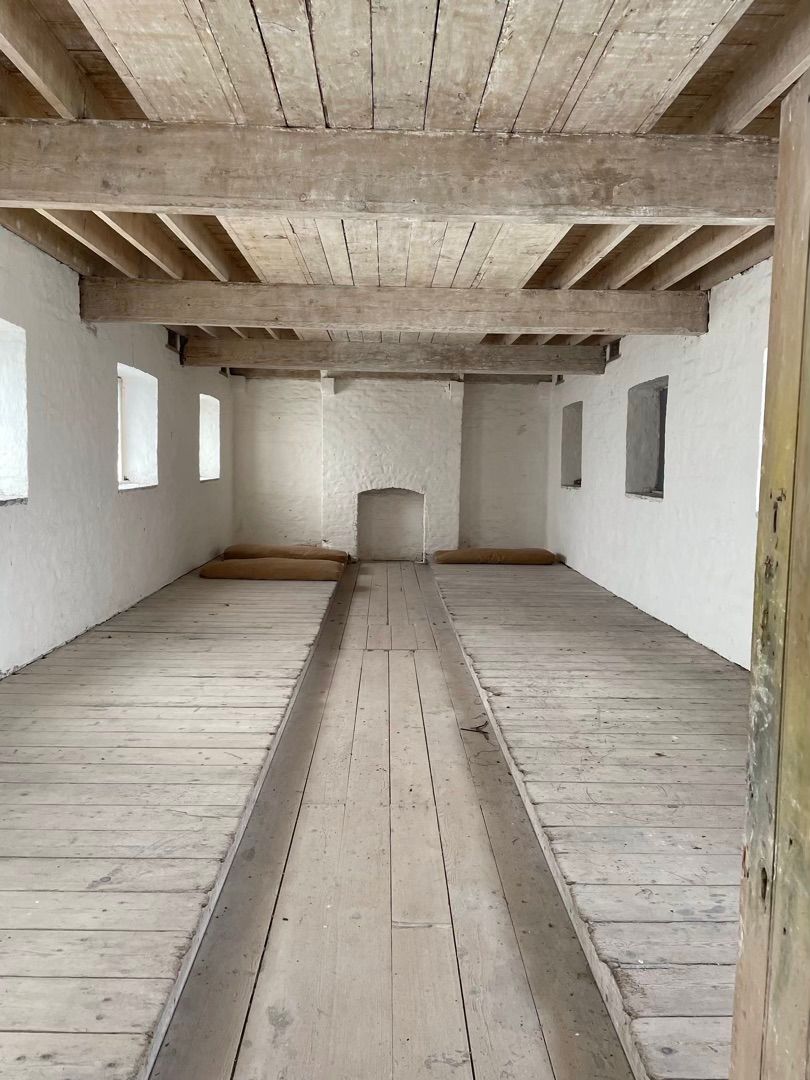

The laundry area was probably the best area to work in - warm at least. The first room was heated, fire was made to heat the water from the well, clothes were rinsed in the second room, then there was a drying room - clever and before it’s time with its pipes underneath, in and out then vented through a chimney.







The window placement was such that you couldn’t look out to the outside world but only into the area between the buildings.

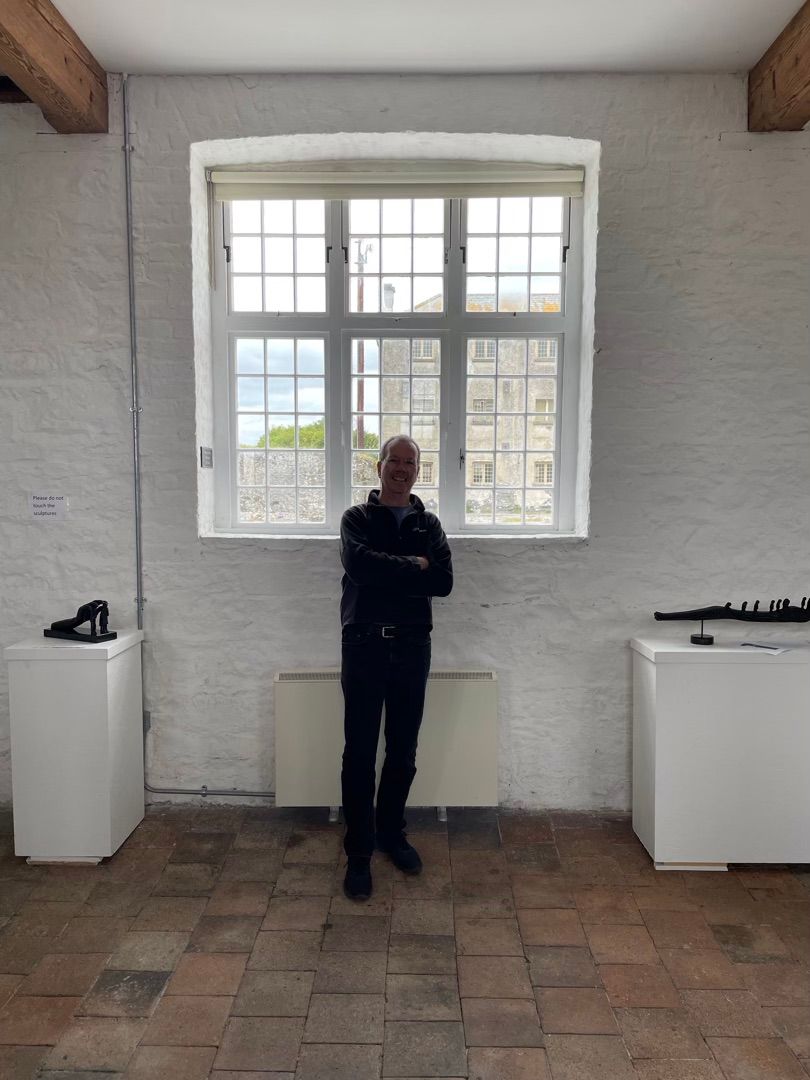
They didn’t actually work on Sundays, the dining room became the chapel - and deaths were read out once a week, but family members could have already been buried before you even knew.




There was also a sculpture exhibition made using bog oak trees - very clever.







In the main reception area, they’ve left one wall as it was originally, and tried to replicate the look on the other walls. It’s also the tourist information, and the lovely man there, when asked, agreed to allow us to park here overnight, he usually locks the gate - but hasn’t!




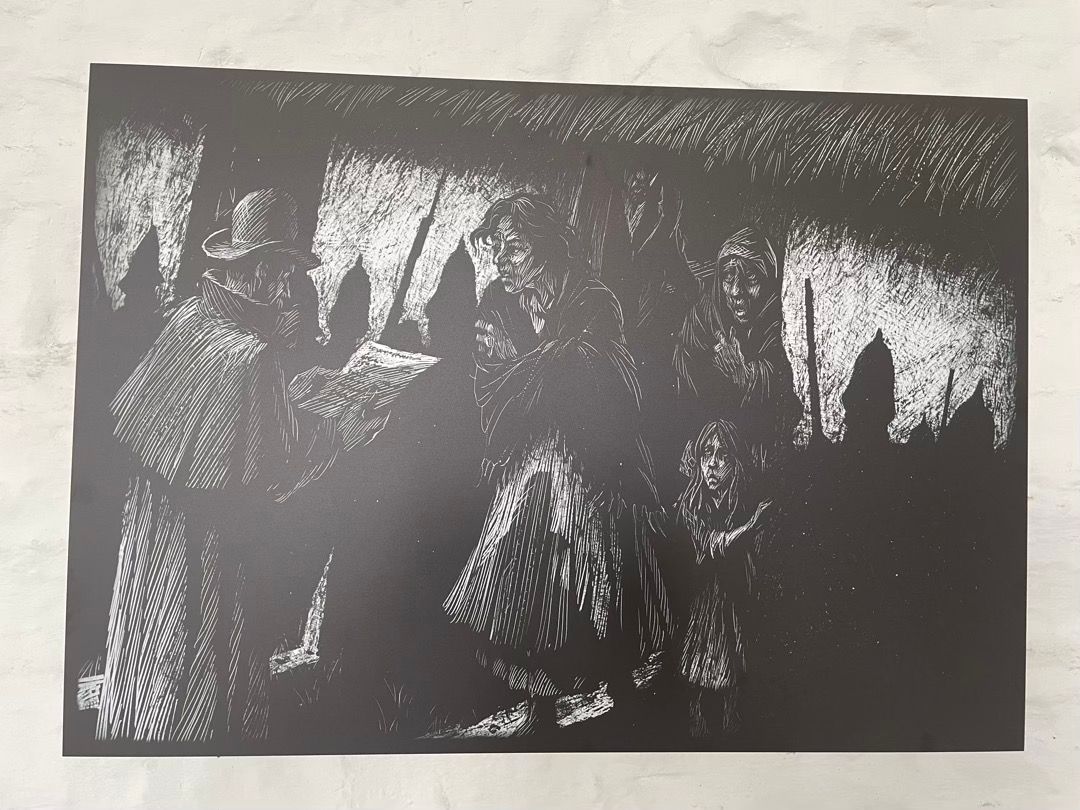


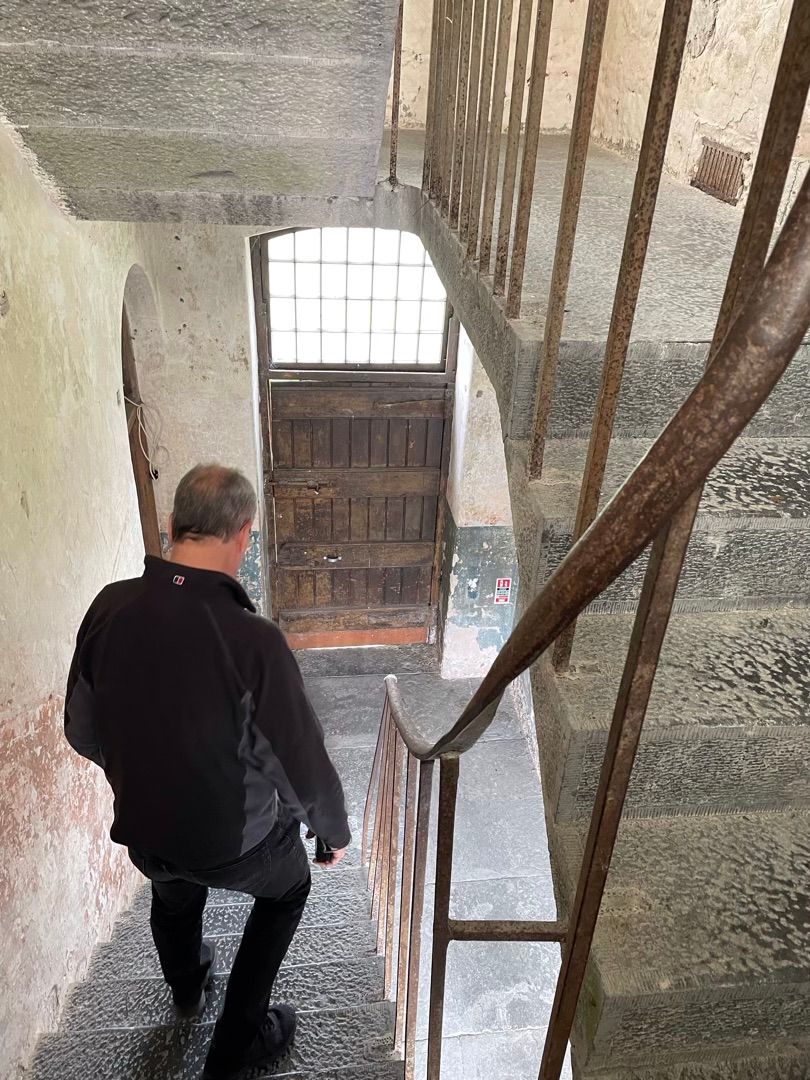

I enjoyed our visit - again, a tour guide brings it all to life.
We then walked into the marina area, where there are moho facilities. Even in February it was posted they were full on weekends, so we didn’t fancy our chances today. However, spoke with a woman there, said they’d been 29 vans today - should only be 19, but some had parked up on the grass. It’s our plan to go there tomorrow, park up then maybe visit the castle and gardens and go cycling…











Well, off to cook - yes Sarah - with some actual vegetables!




Comments ()